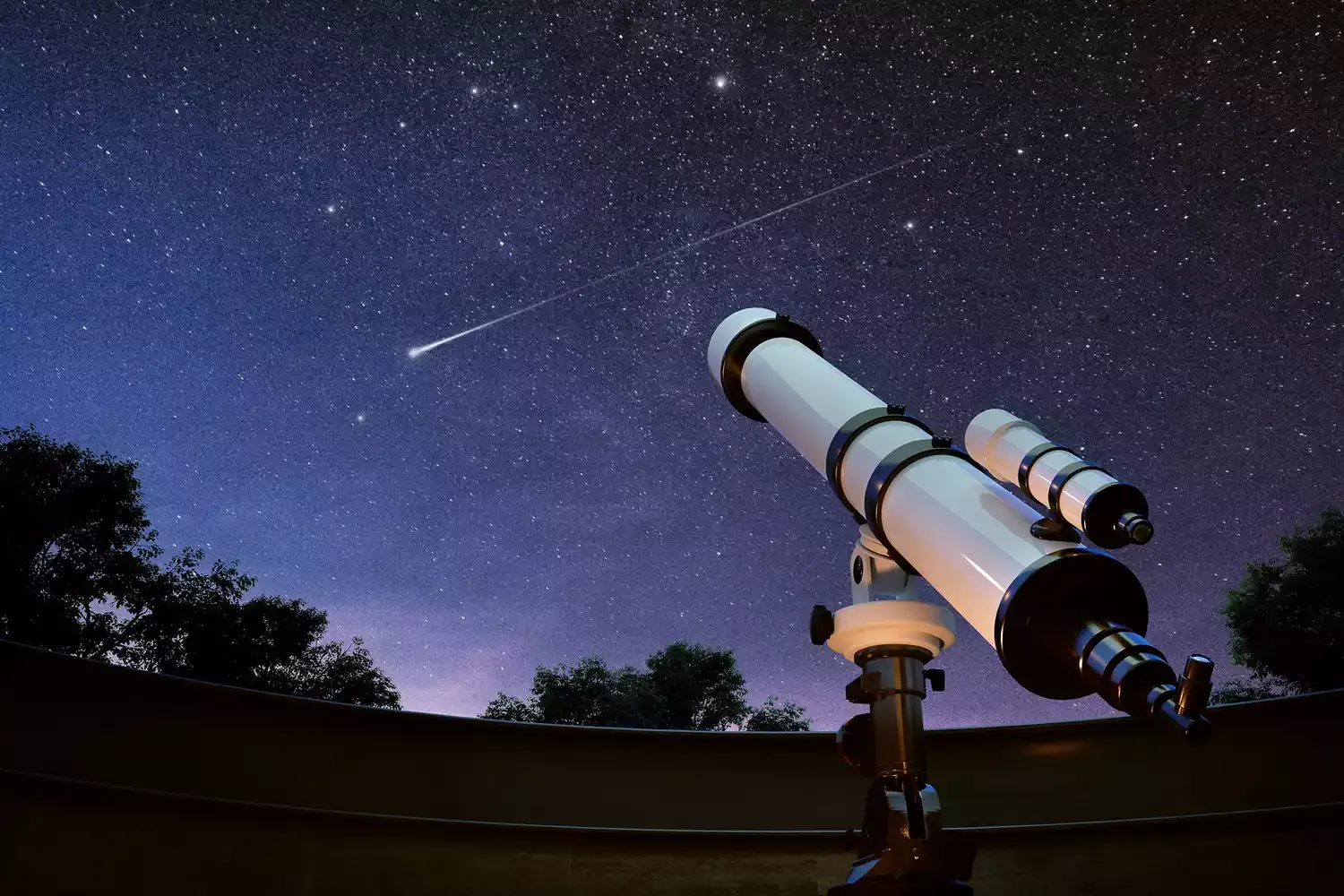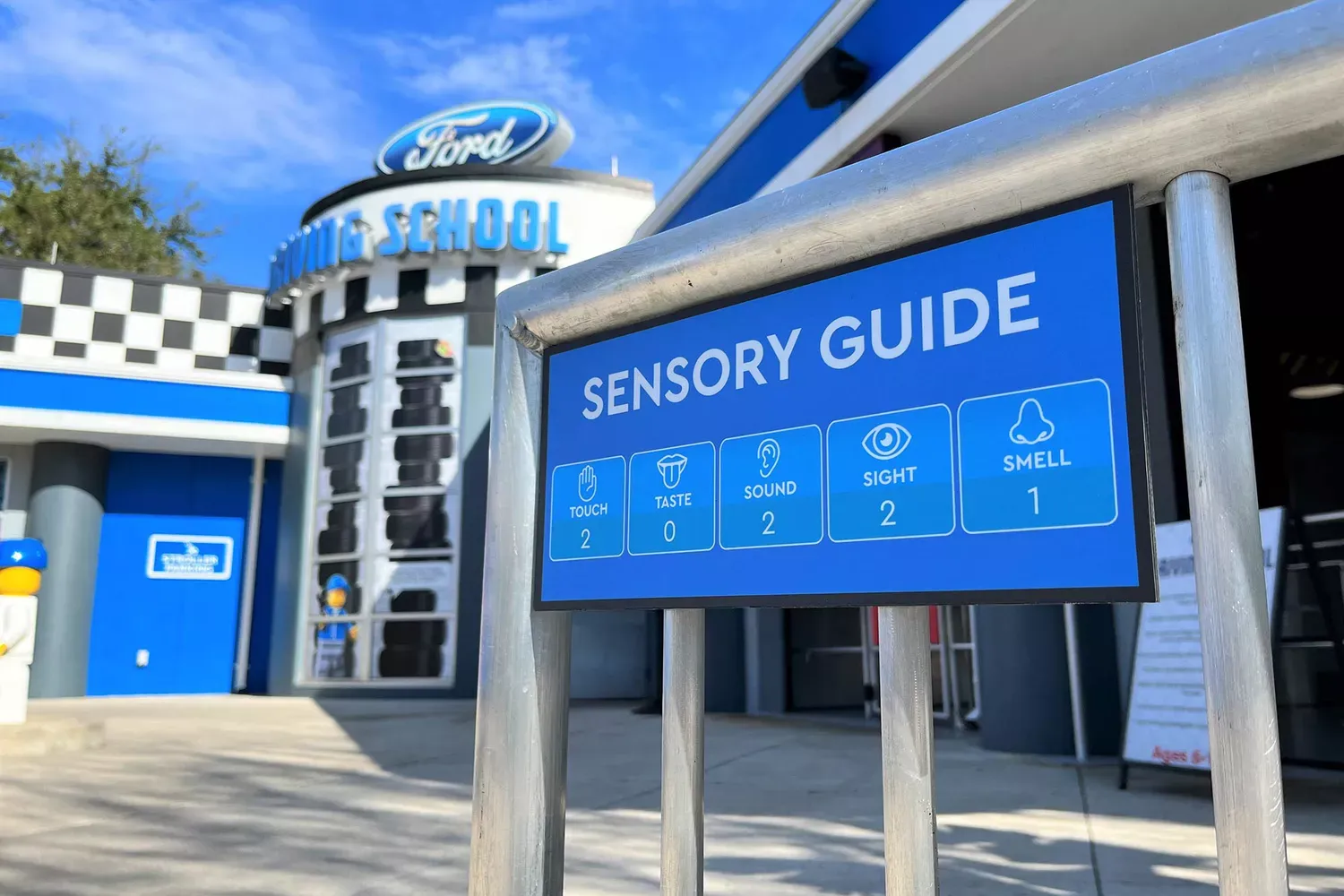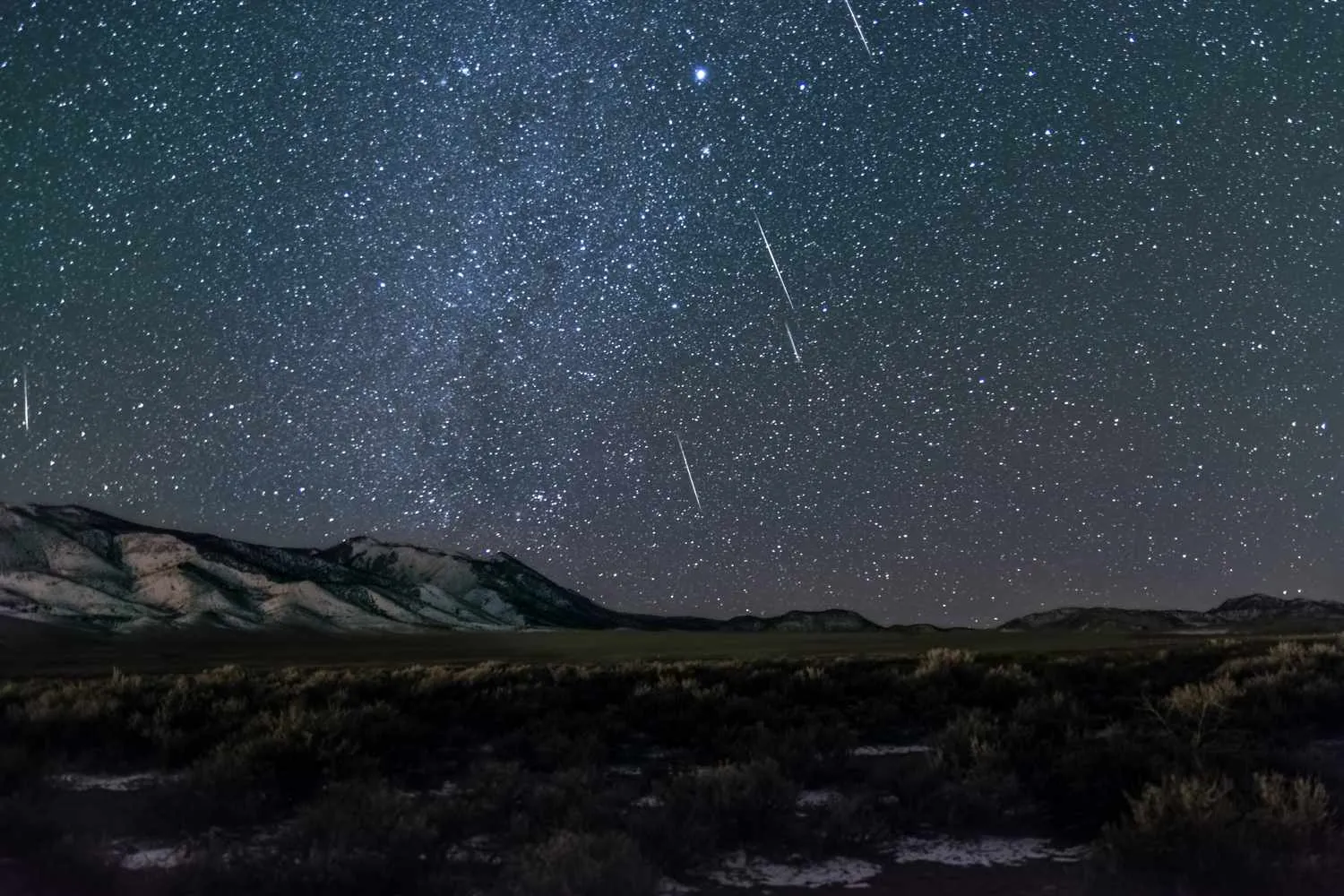Early risers have a treat! Tomorrow morning, Saturn will be visible in the pre-dawn sky. Look towards the eastern horizon about an hour before sunrise. Use a sky map or astronomy app to pinpoint its location relative to other bright stars. A telescope or binoculars will enhance the view, revealing Saturn's rings. Don't miss this planetary alignment!
Understanding Planetary Visibility
Before we dive into the specifics, let's understand why we can see planets from Earth. Planets, unlike stars, don't produce their own light. They reflect sunlight. When a planet is positioned in such a way that the reflected sunlight reaches our eyes, we can observe it. The brightness of a planet depends on its size, its distance from the sun, its reflectivity, and its distance from Earth. Fortunately, Saturn, despite its distance, is often bright enough to be seen with the naked eye under good conditions.
Finding Saturn: A Step-by-Step Guide
To successfully spot Saturn tomorrow morning, follow these steps:
Timing is Key: You'll want to wake up before sunrise. Look for a time approximately one to two hours before the sun is scheduled to rise in your location. Check an online resource like TimeandDate.com or a weather app to find the exact sunrise time for your area.
Clear Skies are Essential: Cloudy skies will obviously obscure your view. Check your local weather forecast to ensure a clear or mostly clear morning.
Find an Open Horizon: Obstructions like trees, buildings, and hills will block your view. Try to find a location with a wide, unobstructed view of the eastern horizon. A park, a field, or even a rooftop can be good choices.
Locate the Moon (Your Guidepost): The Moon can serve as a handy guide. While its position changes nightly, it often appears near planets in the sky. Even if the Moon isn't close to Saturn, it can help you orient yourself.
Look Towards the East-Southeast: Saturn will be located low in the eastern-southeastern sky. It will appear as a steady, yellowish "star". Its steady light is what differentiates it from twinkling stars.
Use Binoculars (Optional, but Recommended): While Saturn can be seen with the naked eye, binoculars will significantly enhance your viewing experience. Even a small pair of binoculars will reveal the planet as a disk rather than just a point of light.
Using a Star Chart to Pinpoint Saturn
A star chart is an invaluable tool for identifying celestial objects. Here's a simplified chart to help you locate Saturn:
)
(Note: This is a simulated star chart. The actual positions of celestial objects will vary depending on your location and time.)
This chart demonstrates the general location of Saturn in the eastern-southeastern sky before sunrise. Use a real-time star chart app (like SkyView Lite, Stellarium Mobile, or Night Sky) for the most accurate and up-to-date information specific to your location and viewing time. These apps use your phone's GPS and compass to show you exactly what's in the sky above you.
What to Expect When Viewing Saturn
With the naked eye, Saturn will appear as a bright, yellowish "star". It won't twinkle as much as the stars around it. With binoculars, you'll be able to resolve Saturn into a small disk. If you have a telescope, you might even catch a glimpse of its famous rings! Keep in mind that atmospheric conditions can affect the clarity of your view. Seeing conditions are rated on a scale, and better seeing will reveal more detail.
Table of Key Information for Viewing Saturn
Here's a quick reference table summarizing the important details:
Aspect |
Details |
|---|
Visibility |
Visible before sunrise in the eastern-southeastern sky. |
Best Time |
1-2 hours before sunrise. Check sunrise time for your location. |
Equipment |
Naked eye (possible), binoculars (recommended), telescope (optional for seeing rings). |
Location |
Eastern-southeastern horizon. Use a star chart app for precise location. |
Conditions |
Clear skies required. Open horizon preferred. Avoid light pollution for better visibility. |
Enjoy the View!
Finding Saturn in the sky is a rewarding experience that connects you to the vastness of the universe. With a little preparation and a clear morning, you can witness this celestial wonder for yourself. Good luck and happy stargazing!


















